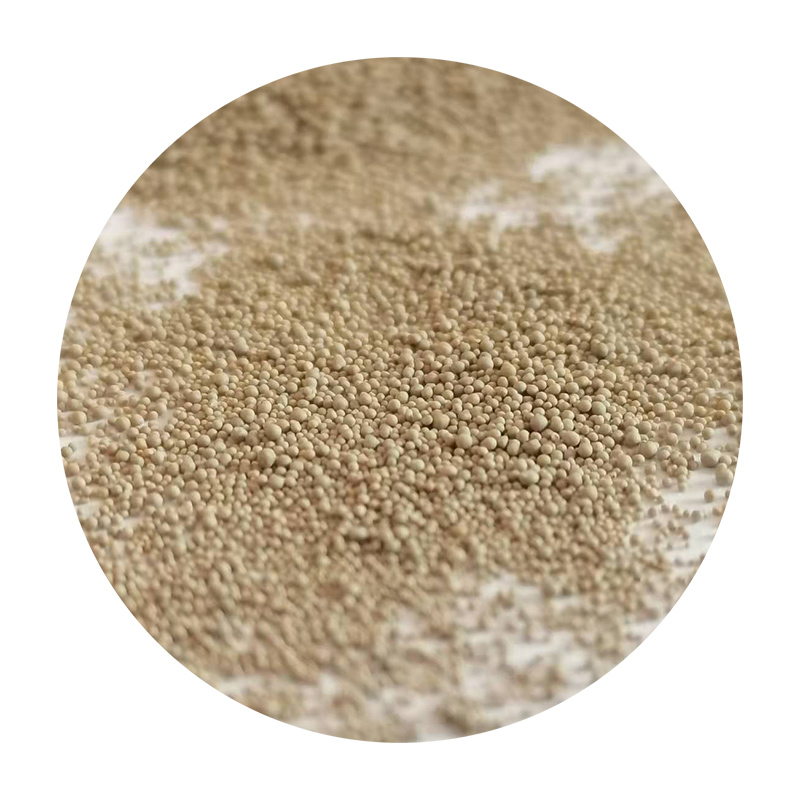The Best Way to Sand Stainless Steel
Sanding stainless steel can be a daunting task, but it’s essential for achieving a smooth, clean finish on various projects, whether you’re working on appliances, kitchen fixtures, or automotive parts. Stainless steel is known for its resistance to corrosion and staining, which makes it a popular choice in many applications. However, its toughness can pose challenges during the sanding process. Here, we’ll explore the best methods to sand stainless steel to achieve the desired finish.
Choosing the Right Sandpaper
The first step in sanding stainless steel is selecting the appropriate sandpaper. The grit of the sandpaper plays a crucial role in determining the finish. For initial sanding, using a coarser grit, such as 80 or 120, can help to remove any rough spots, scratches, or blemishes. Once you’ve achieved a relatively smooth surface, transition to a finer grit sandpaper, like 220 or 320, to refine the surface further. In cases where a mirror-like finish is required, you may need to go up to 600 grit or higher.
Using the Right Tools
While traditional sanding blocks and manual sanding are effective, using power tools can make the job easier and quicker. Orbital sanders or belt sanders are particularly useful for larger flat areas, while detail sanders work well for intricate designs or tight corners. When using power tools, it’s essential to maintain even pressure to prevent gouging the surface. If you notice the sandpaper clogging, it’s a good indicator that you need to switch to a different grit or clean the surface.
Sanding Techniques
best way to sand stainless steel

When sanding stainless steel, it’s crucial to adopt the right technique. Always sand in the direction of the grain to avoid leaving visible scratches. If you’re unsure of the grain direction, run your fingers over the surface to feel for the natural lines. Maintaining a consistent speed and pressure will help achieve an even finish. For curved surfaces or edges, consider using a flexible sanding pad to conform to the shape and ensure even pressure distribution.
Safety Precautions
Sanding stainless steel can produce fine metal shavings and dust, which can be harmful to your lungs and eyes. Always wear safety glasses and a dust mask or respirator to protect yourself during the process. If you’re working on a large project, consider using a vacuum system connected to your sander to minimize dust exposure.
Finishing Touches
After sanding, it’s essential to clean the surface thoroughly to remove any dust or debris. Using a solvent, such as denatured alcohol or a stainless steel cleaner, can help eliminate any residues left behind. Once clean, you can apply a suitable finish or polish to enhance the sheen of the stainless steel. Many professionals recommend using a polishing compound for the best results, particularly for surfaces that require a reflective finish.
In conclusion, sanding stainless steel requires careful planning, the right tools, and techniques to achieve a perfect finish. By selecting the appropriate sandpaper, employing effective sanding methods, and prioritizing safety measures, you can successfully sand stainless steel surfaces, ensuring they look their best for any application. Whether for a home improvement project or professional fabrication, mastering the art of sanding stainless steel will enhance your craftsmanship and deliver outstanding results.
Post time:Sen . 08, 2024 07:58
Next:Ціни на золоті піски - Актуальні дані та аналітика
